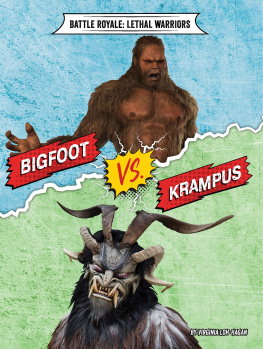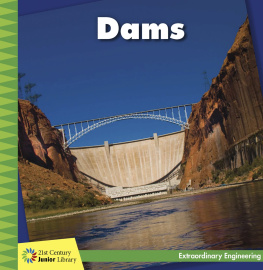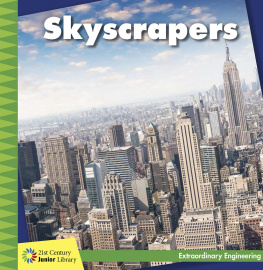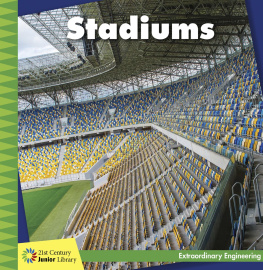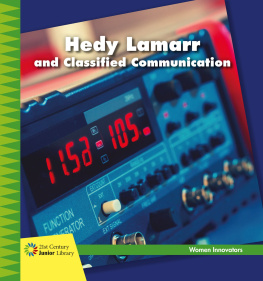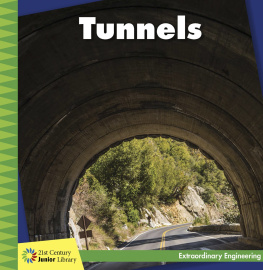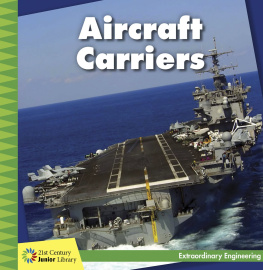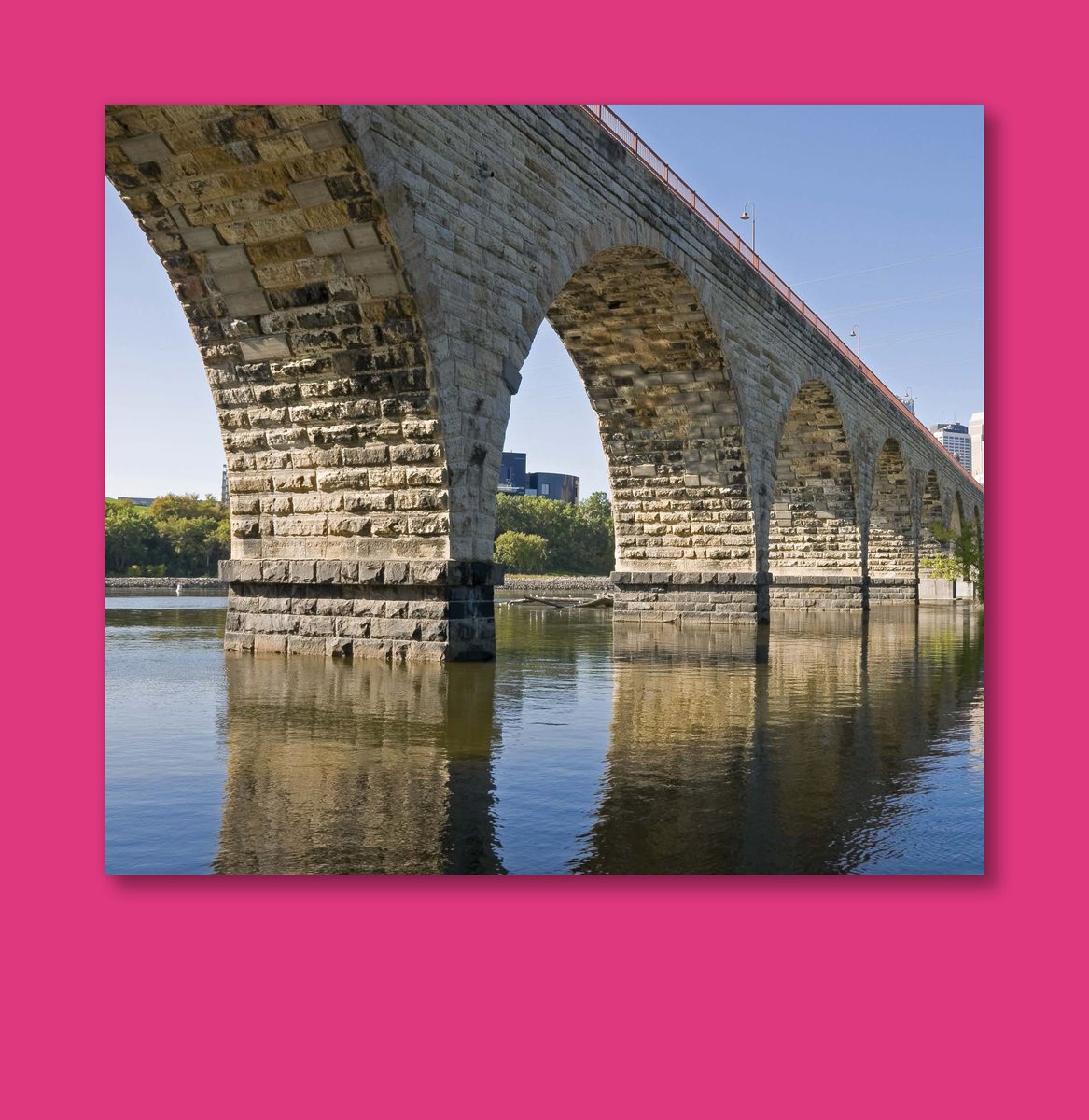Table of Contents
Guide


Published in the United States of America by
Cherry Lake Publishing
Ann Arbor, Michigan
www.cherrylakepublishing.com
Content Adviser: Dr. Todd Kelley, Associate Professor of Engineering/Technology Teacher Education, Purdue Polytechnic Institute,
West Lafayette, Indiana
Reading Adviser: Marla Conn MS, Ed., Literacy specialist, Read-Ability, Inc.
Photo Credits: Paolo Costa/Shutterstock Images, cover; Sevda Stancheva/Shutterstock Images, 4; Lissandra Melo/
Shutterstock Images, 6; hans engbers/Shutterstock Images, 8; Massimiliano Pieraccini/Shutterstock Images, 10; Jim Guy/
Shutterstock Images, 12; Eduardo Estellez/Shutterstock Images, 14; superjoseph/Shutterstock Images, 16; Albert Pego/
Shutterstock Images, 18
Copyright 2017 by Cherry Lake Publishing
All rights reserved. No part of this book may be reproduced or utilized in any
form or by any means without written permission from the publisher.
Library of Congress Cataloging-in-Publication Data
Names: Loh-Hagan, Virginia, author.
Title: Bridges / by Virginia Loh-Hagan.
Description: Ann Arbor : Cherry Lake Publishing, [2017] | Series: 21st century junior library. Extraordinary engineering |
Audience: K to grade 3. | Includes bibliographical references and index.
Identifiers: LCCN 2016032400| ISBN 9781634721622 (hardcover) | ISBN 9781634722940 (pbk.) |
ISBN 9781634722285 (pdf) | ISBN 9781634723602 (ebook)
Subjects: LCSH: BridgesJuvenile literature. | BridgesDesign and constructionJuvenile literature.
Classification: LCC TG148 .L64 2017 | DDC 624.2dc23
LC record available at https://lccn.loc.gov/2016032400
Cherry Lake Publishing would like to acknowledge the work of The Partnership for 21st Century Learning.
Please visit www.p21.org for more information.
Printed in the United States of America
Corporate Graphics
ISBN-13: 978-1-68444-501-1 (e-book)
Synchred Read-Along Version by:
Triangle Interactive LLC
PO Box 573
Prior Lake, MN 55372
CONTENTS
9 How Are Short and
Long Bridges
Supported?
13 How Do Arch
Bridges Work?
17 How Do Bridges
Hang in the Air?
Fallen trees are natures bridges.
What Are Bridges?
Bridges let people travel over water
and gaps. Careful planning goes into
building bridges. Engineers study how
bridges work. They make bridges safe.
They consider spans , or distances. They
consider weight. This is load . Load
depends on what crosses the bridges.
Forces push. Forces pull on bridges.
Engineers balance these forces. They make
bridges stay in place.
Bridges must be able to support heavy loads, like trains.
Bridge decks need support. They carry
heavy loads. Load causes forces to press
down and stretch out. Too much force in
one area can cause bridges to fall down.
Engineers design bridges to move forces
from weak to strong spots. Engineers use
beams , arches , trusses , and
suspension designs to move forces.
Look!
Find a bridge in your town. Look at it. What type of bridge is it?
What does it cross? How long is it?
Beam bridges can be feet (76 meters) long.
How Are Short
and Long Bridges
Supported?
Beam bridges cover short spans. Two
piers are on both sides. Beams are placed
over the piers. Weight pushes down on the
beams. Forces bend in the top. Forces bend
out the bottom. Too much force breaks the
beams.
Making beams longer doesnt help. This
is unsafe. But engineers can make beams
thicker or use more piers. This makes beam
bridges stronger.
Trusses make a pattern on the Jacques Cartier Bridge in Canada.
Bridges using long beams are weak.
But short beam bridges can be linked.
Engineers connect them together to cover
long spans.
Long bridges need trusses, or supports
made of triangles. Triangles spread out
forces to strong parts of the bridge.
Trusses are placed above or below bridge
decks to take load away from decks.
Ask Questions!
Ask friends how they feel about bridges. Some people are scared.
They dont like crossing bridges. Why are bridges scary to them?
How do they avoid bridges?
Arches cant be too wide. Wide arches are weak.
How Do Arch
Bridges Work?
Force totally supports arch bridges. An
arch connects two columns . Decks rest on
arches. Load pushes arches together. This
tightens stones. Stones move together.
Stones have slanted sides. Arches push
down on stones sides and down to the
ground. Forces are carried along the sides.
They go to columns. Columns push back on
arches from the ground. This keeps arches
from spreading apart.
Ancient Romans made stone arch bridges like the
Alcntara Bridge in Spain.




